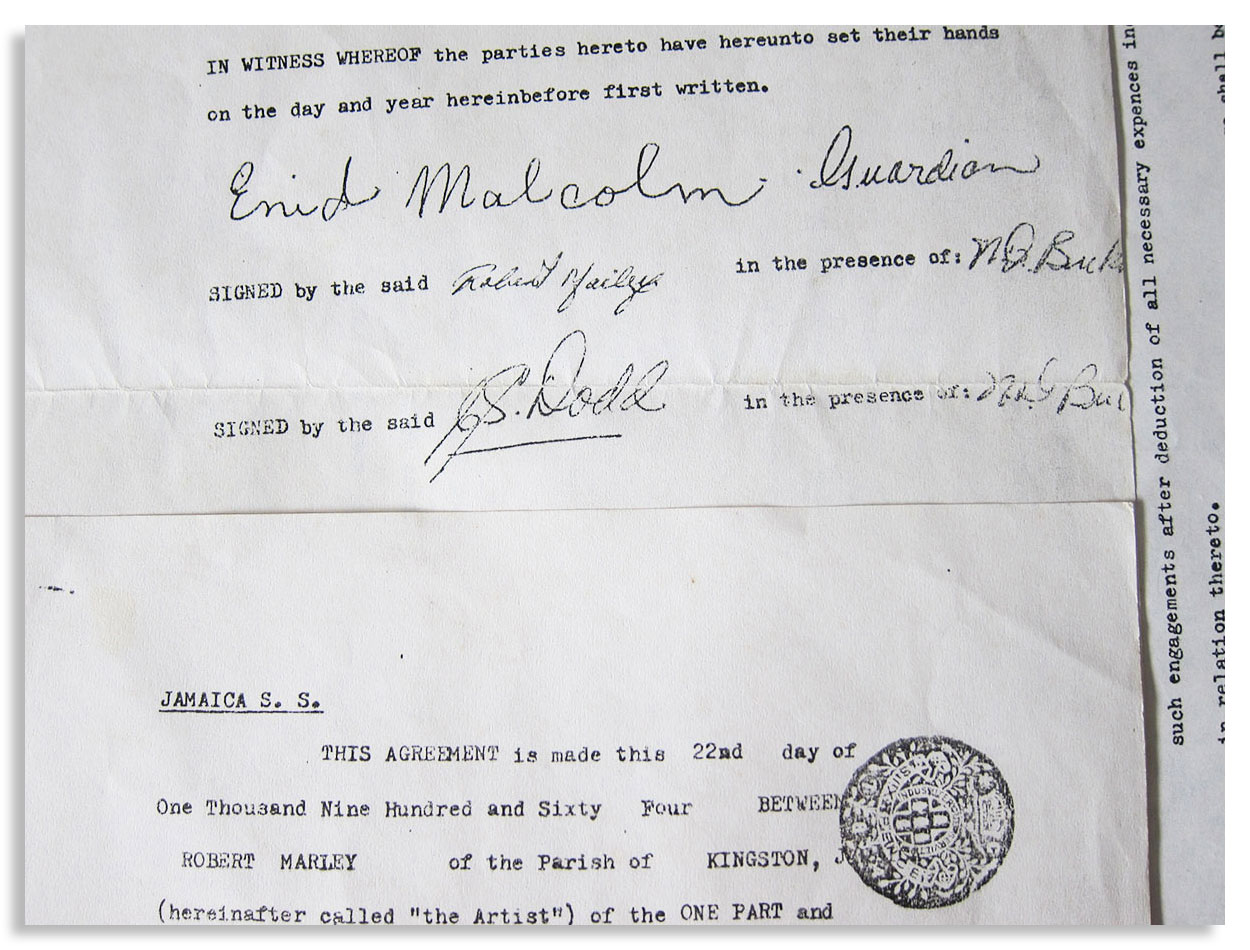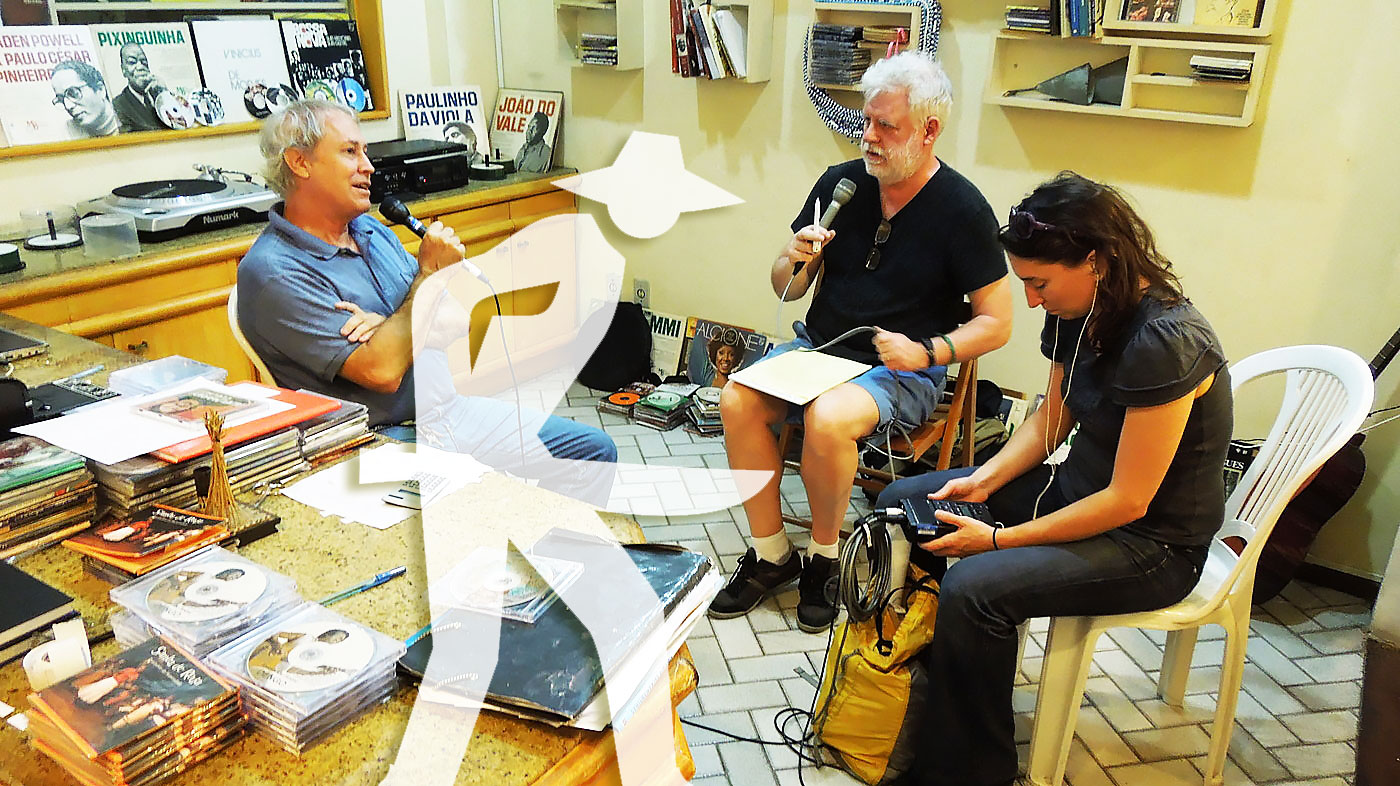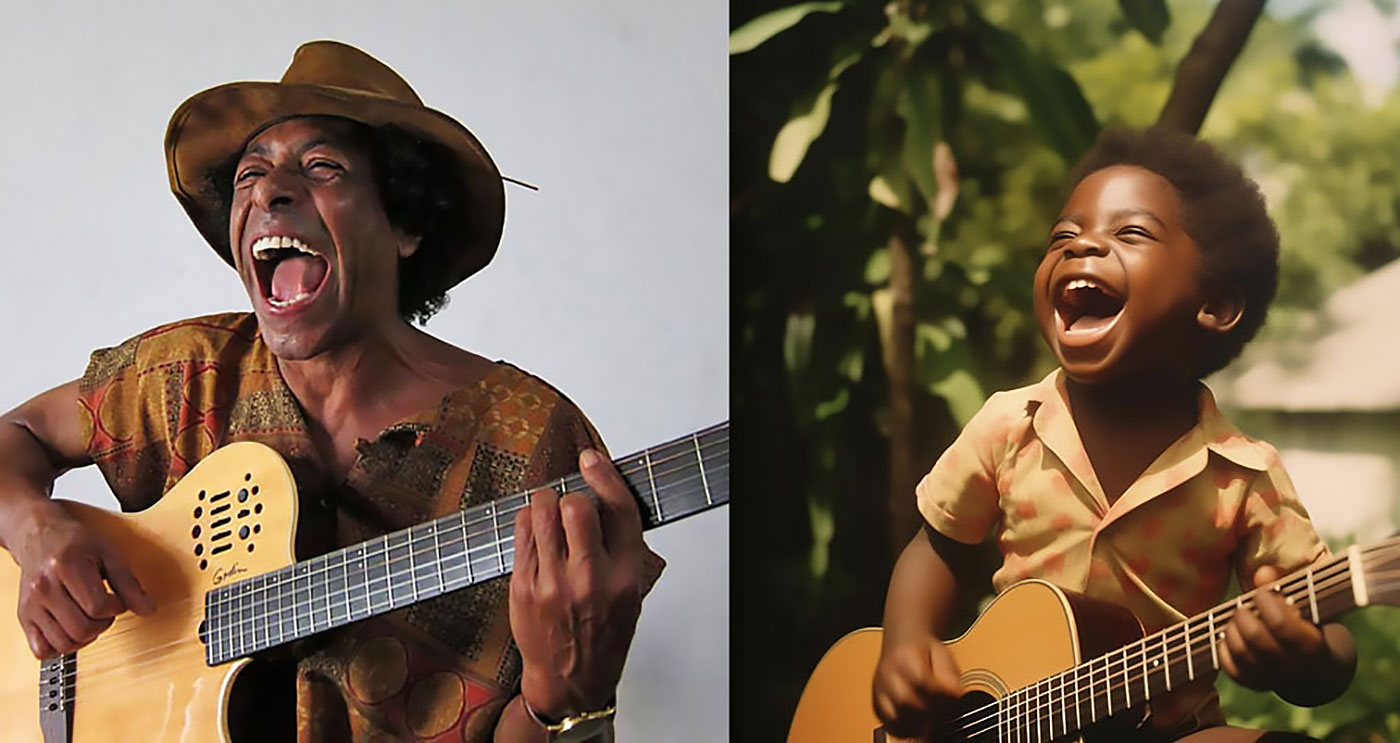CURATION
- from this page: by Augmented Matrix
Network Node
- Name: Gregory Tardy
- City/Place: Knoxville, Tennessee
- Country: United States
- Hometown: New Orleans, Louisiana
Life & Work
-
Bio:
“Music is an expression of the soul and I always try to speak through my horn,” says Gregory Tardy. “I once heard an older musician say ‘it is better to be felt than to be heard’. I never forgot that. That is my approach to playing any style of music.”
Born into a musical family, Gregory Tardy began his musical career studying classical clarinet. In high school, Gregory excelled in music, winning many awards and scholarships offers. While studying with renowned clarinetists Russell Dagon and Jack Snavely, Tardy began preparing for a symphony career. Over time, he began to be asked to play saxophone, to fill in missing gaps in various ensembles. Although he never practiced the saxophone seriously, Tardy began getting calls to play local funk gigs in the Milwaukee area. At the prodding of his older brother, Tardy finally listened to the duo recording of John Coltrane and Thelonious Monk playing “Monk’s Mood”, and then immediately determined to be a jazz musician.
His passion for the saxophone took over his studies and soon his clarinet was gathering dust. At this time, he moved to St. Louis and after a year of performing on the jazz and blues scene, he decided to move back to his birthplace, New Orleans, in order to focus his jazz studies even further. “This proved to be great move”, Tardy says. “ There were all of these outstanding players down there-many of which went on to be well known, like Nicholas Payton, Brian Blade, Victor Goines, Mark Turner, Delfeayo and Jason Marsalis and far too many others to mention. Many, like I, came to study with Ellis Marsalis; some were just hanging out. It was there that I really started to get my playing together.” While in New Orleans, Tardy also played with some of the local brass bands, did some gigging with the Neville Brothers, Allen Toussaint, and groups of all styles. But he never stopped pursuing jazz.
In 1992, Tardy recorded his first solo project, Crazy Love. 1992 is also the year that he was picked up by Elvin Jones Jazz Machine, a relationship that lasted several years. During the time with the legendary Elvin Jones, Tardy felt that it was finally time to move to the Big Apple. In New York, he went on to perform and record with an extremely large array of prominent artists including: Tom Harrell, Dave Douglas, Wynton Marsalis, Jay McShann, Steve Coleman, Betty Carter, James Moody, Bill Frisell, Rashied Ali, John Patitucci, and many more. In 1999, Tardy began to play in various bands led by the great Andrew Hill; a relationship that lasted many years and produced several highly acclaimed recordings. He has also performed and/or recorded alongside many other notable saxophonists, such as Joe Lovano, Mark Turner, Chris Potter, Dewey Redman, Ravi Coltrane, and many others. In more recent years, Tardy has gone full circle, bringing his clarinet out of retirement, using it on recordings by Tom Harrell, Ohad Talmor/Steve Swallow, Stefon Harris, Chris Potter, and Andrew Hill.
"In my band, I try to explore new things, although I usually keep the tradition in the back of my head, as well. I really respect the tradition…but I try not to let it stop me from going for stuff that I hear. I also respect what’s going on now, in jazz-and it influences me.” In March 1998, Tardy’s first major label project as a leader, Serendipity, was released on Impulse Records. He received great critical acclaim for this record and was nominated as Best Debut Artist for the New York Jazz Awards. In the fall he toured Europe on the Rising Stars Tour and when he returned he began to plan his next record. A casualty of the merger of Verve and GRP, he decided to record for a smaller label, J Curve Records. His third album, The Hidden Light, was released in April 2000 to rave reviews. In 2001, Tardy explored freer elements of jazz on a CD entitled, Abundance. Recorded on the Palmetto label, this CD also received much critical acclaim. Four years later, Tardy began recording for the Steeplechase label. His releases to date are: The Truth, Steps of Faith, He Knows My Name, The Strongest Love, Monuments, Standards & More, Hope, With Songs of Joy, and Chasing After the Wind. He recently recorded a duo project with BIll Frisell which will be released in 2019 on vinyl for the Newvelle Records Label. Tardy continues to perform internationally as well as teach at the University of Tennessee-Knoxville.
“When I listened to jazz over 20 years ago, it put me on a journey to learn, explore and create in the style. And the beauty of the genre is that you can spend a lifetime learning, growing and exploring and it never gets boring.” All About Jazz sums up Tardy’s career so far by writing, “Tardy already has his own voice and is on track to help write the next chapter in jazz history. This is exactly what more and more potential jazz listeners should be hearing.”
Contact Information
- Email: [email protected]
Media | Markets
- ▶ Buy My Music: http://www.gregorytardy.com/music.html
- ▶ Website: http://www.gregorytardy.com
- ▶ Spotify: http://open.spotify.com/album/1T5oiOVvNMuf4fcSRJflaT
- ▶ Spotify 2: http://open.spotify.com/album/2W9GnLto1ajx3jm0mef879
- ▶ Spotify 3: http://open.spotify.com/album/31Ac6ahd8OxbazN61Rl472
- ▶ Spotify 4: http://open.spotify.com/album/5BwFBcrWsj2SDbLotx3cpY
Clips (more may be added)
The Matrix is a small world network. Like stars coalescing into a galaxy, creators in the Matrix mathematically gravitate to proximity to all other creators in the Matrix, no matter how far apart in location, fame or society. This gravity is called "the small world phenomenon". Human society is a small world network, wherein over 8 billion human beings average 6 or fewer steps apart. Our brains contain small world networks...
![]() Wolfram MathWorld on the Small World Phenomenon
Wolfram MathWorld on the Small World Phenomenon
![]() Matemática Wolfram sobre o Fenômeno Mundo Pequeno
Matemática Wolfram sobre o Fenômeno Mundo Pequeno
"In a small world, great things are possible."

It's not which pill you take, it's which pathways you take. Pathways originating in the sprawling cultural matrix of Brazil: Indigenous, African, Sephardic and then Ashkenazic, European, Asian... Matrix Ground Zero is the Recôncavo, contouring the Bay of All Saints, earthly center of gravity for the disembarkation of enslaved human beings — and the sublimity they created — presided over by the ineffable Black Rome of Brazil: Salvador da Bahia.
("Black Rome" is an appellation per Caetano Veloso, son of the Recôncavo, via Mãe Aninha of Ilê Axé Opô Afonjá.)
"Dear Sparrow: I am thrilled to receive your email! Thank you for including me in this wonderful matrix."
—Susan Rogers: Personal recording engineer for Prince, inc. "Purple Rain", "Sign o' the Times", "Around the World in a Day"... Director of the Berklee Music Perception and Cognition Laboratory
"Thanks! It looks great!....I didn't write 'Cantaloupe Island' though...Herbie Hancock did! Great Page though, well done! best, Randy"
"We appreciate you including Kamasi in the matrix, Sparrow."
—Banch Abegaze: manager, Kamasi Washington
"This is super impressive work ! Congratulations ! Thanks for including me :)))"
—Clarice Assad: Pianist and composer with works performed by Yo Yo Ma and orchestras around the world
"Dear Sparrow, Many thanks for this – I am touched!"
—Julian Lloyd-Webber: UK's premier cellist; brother of Andrew Lloyd Webber (Evita, Jesus Christ Superstar, Cats, Phantom of the Opera...)
"Thanks, this is a brilliant idea!!"
—Alicia Svigals: World's premier klezmer violinist
Developed here in the Historic Center of Salvador da Bahia ↓ .
![]() Bule Bule (Assis Valente)
Bule Bule (Assis Valente)
"♫ The time has come for these bronzed people to show their value..."
Production: Betão Aguiar
MATRIX MODUS OPERANDI
Recommend somebody and you will appear on that person's page. Somebody recommends you and they will appear on your page.
Both pulled by the inexorable mathematical gravity of the small world phenomenon to within range of everybody inside.
And by logical extension, to within range of all humanity outside as well.
MATRIX (PARDAL)
I'm Pardal here in Brazil (that's "Sparrow" in English). The deep roots of this project are in Manhattan, where Allen Klein (managed the Beatles and The Rolling Stones) called me about royalties for the estate of Sam Cooke... where Jerry Ragovoy (co-wrote Time is On My Side, sung by the Stones; Piece of My Heart, Janis Joplin of course; and Pata Pata, sung by the great Miriam Makeba) called me looking for unpaid royalties... where I did contract and licensing for Carlinhos Brown's participation on Bahia Black with Wayne Shorter and Herbie Hancock...
...where I rescued unpaid royalties for Aretha Franklin (from Atlantic Records), Barbra Streisand (from CBS Records), Led Zeppelin, Mongo Santamaria, Gilberto Gil, Astrud Gilberto, Airto Moreira, Jim Hall, Wah Wah Watson (Melvin Ragin), Ray Barretto, Philip Glass, Clement "Sir Coxsone" Dodd for his interest in Bob Marley compositions, Cat Stevens/Yusuf Islam and others...
...where I worked with Earl "Speedo" Carroll of the Cadillacs (who went from doo-wopping as a kid on Harlem streetcorners to top of the charts to working as a janitor at P.S. 87 in Manhattan without ever losing what it was that made him special in the first place), and with Jake and Zeke Carey of The Flamingos (I Only Have Eyes for You)... stuff like that.

Yeah this is Bob's first record contract, made with Clement "Sir Coxsone" Dodd of Studio One and co-signed by his aunt because he was under 21. I took it to Black Rock to argue with CBS' lawyers about the royalties they didn't want to pay (they paid).
MATRIX MUSICAL
I built the Matrix below (I'm below left, with David Dye & Kim Junod for U.S. National Public Radio) among some of the world's most powerfully moving music, some of it made by people barely known beyond village borders. Or in the case of Sodré, his anthem A MASSA — a paean to Brazil's poor ("our pain is the pain of a timid boy, a calf stepped on...") — having blasted from every radio between the Amazon and Brazil's industrial south, before he was silenced. The Matrix started with Sodré, with João do Boi, with Roberto Mendes, with Bule Bule, with Roque Ferreira... music rooted in the sugarcane plantations of Bahia. Hence our logo (a cane cutter).
A Massa (do povo carente) / The Masses (of people in need)

-
Add to my PlaylistA Massa - Raymundo Sodré (7,093 plays)
-
Add to my PlaylistSina de Cantador - Raymundo So... (6,909 plays)
-
Add to my PlaylistMagnetismo - Raymundo Sodré ... (6,353 plays)
-
Add to my PlaylistSacando a Cana - Raymundo Sodr... (5,957 plays)
-
Add to my PlaylistMêrêrê - Raymundo Sodré (5,465 plays)
-
Add to my PlaylistJardim do Amor - Raymundo Sodr... (4,677 plays)
-
Add to my PlaylistDebaixo do Céu - Raymundo Sodr... (4,151 plays)
-
Add to my PlaylistDesejo de Amar - Raymundo Sodr... (3,861 plays)
-
Add to my PlaylistOração pra Yá Oxum - Raymundo ... (3,741 plays)
-
Add to my PlaylistYá África - Raymundo Sodré (3,509 plays)
-
Add to my PlaylistMeu Rio, Cadê o Papel - Raymun... (3,177 plays)
-
Add to my PlaylistCasa de Trois - Raymundo Sodré... (2,896 plays)
-
Add to my PlaylistMulher é Laço que Prende o Coração do Vaqueiro - R... (2,556 plays)
























































































































































































































































































































































































































































